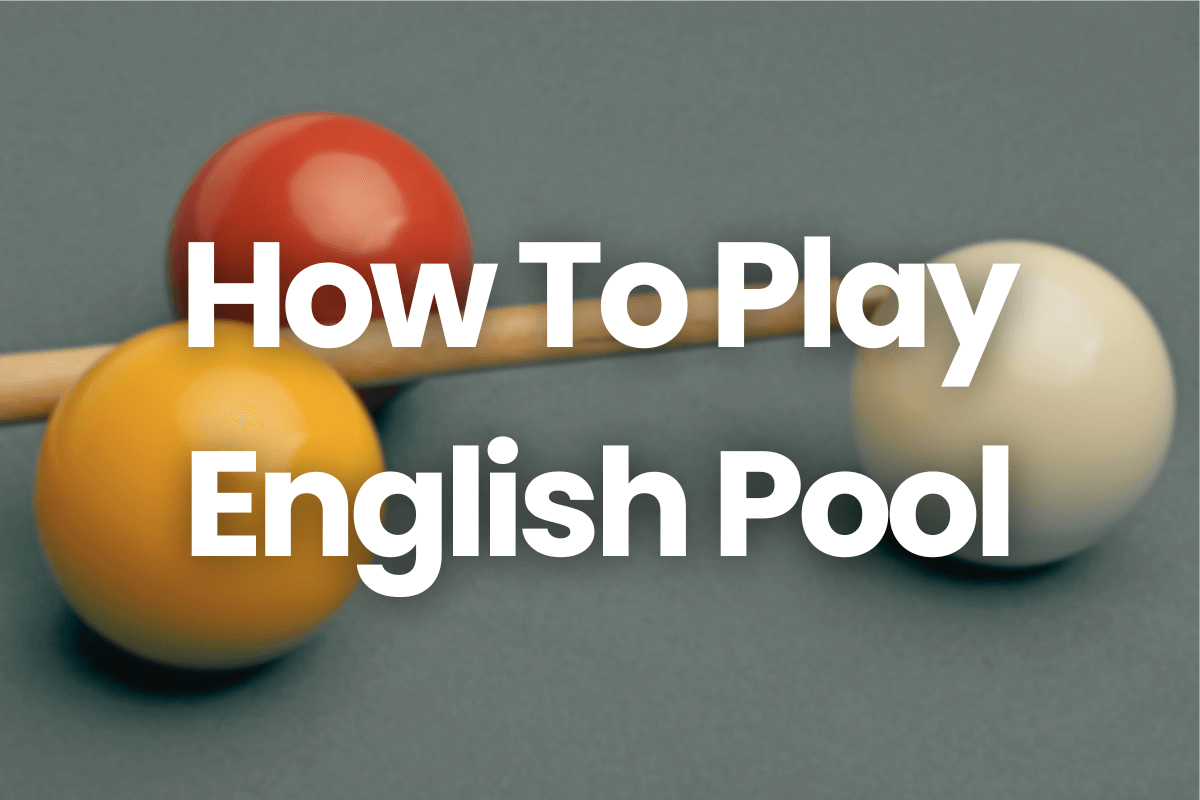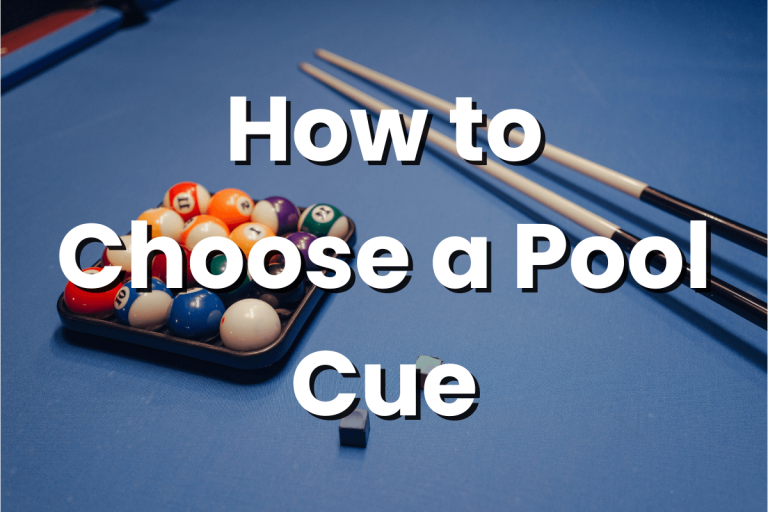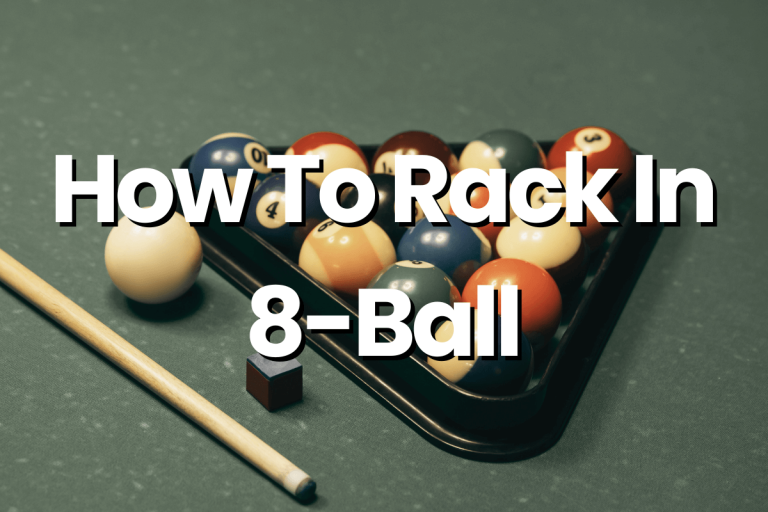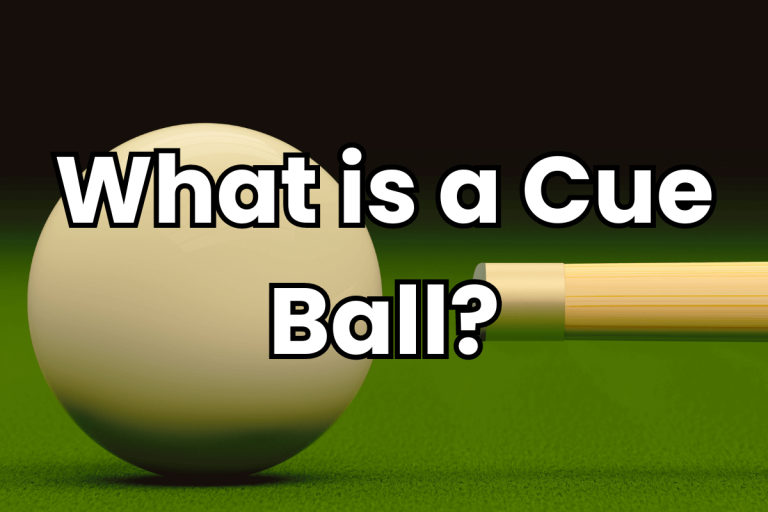English Pool Rules | Complete Guide to Master in Pool (2024)
English Pool, a captivating cue sport, enjoys widespread popularity for its intriguing blend of strategy and skill. Known for its unique gameplay that combines precision and tactical depth, it stands as a favorite among cue sports enthusiasts. This article aims to shed light on the finer details of English pool rules, from its foundational to advanced playing tactics. Whether you’re a novice or a seasoned player, this guide offers valuable insights to enhance your understanding and enjoyment of this engaging and nuanced game.
Understanding English Pool: An Overview
Definition and Origins of English Pool
English pool, also known as “blackball” or “red and yellow pool,” is a popular cue sport that is a variant of the traditional eight-ball pool. It is played on a smaller table with narrower pockets and smaller balls compared to the American pool.
The game originated in England and quickly gained popularity across Europe and other parts of the world. It evolved from the traditional eight-ball pool to suit smaller, pub-style tables commonly found in the UK.
Key Differences Between English Pool and Other Cue Sports
Table Size and Equipment: English pool is played on a 7-foot table, smaller than American pool tables. The balls are also smaller, with a diameter of 2 inches, compared to the 2 ¼ inch balls used in American pool.
Ball Colors and Sets: Instead of the stripes and solids used in American pool, English pool uses two sets of colored balls – reds and yellows – along with the black ball for the final shot.
Pocket Size: The pockets in English pool are narrower, requiring more precision in shot-making.
Gameplay Style: English pool emphasizes more on skill and precision due to the smaller table and tighter pockets. It often involves more strategic play and ball control.
Rule Variations: There are notable differences in rules, especially concerning fouls, ball-in-hand situations, and the way the game is won.
Setting Up for a Game
Racking the Balls: The balls are racked at the lower end of the table in a triangle formation. The black ball is placed at the apex of the triangle, on the foot spot. The red and yellow balls are arranged alternately around it.
Positioning the Cue Ball: The game begins with the cue ball placed behind the baulk line, allowing the player to break from anywhere within the “D,” a semi-circle marked at the head of the table.
Breaking: The first player executes the break shot by striking the cue ball to disperse the racked balls. A legal break requires at least two balls to hit the cushions or any ball to be pocketed.
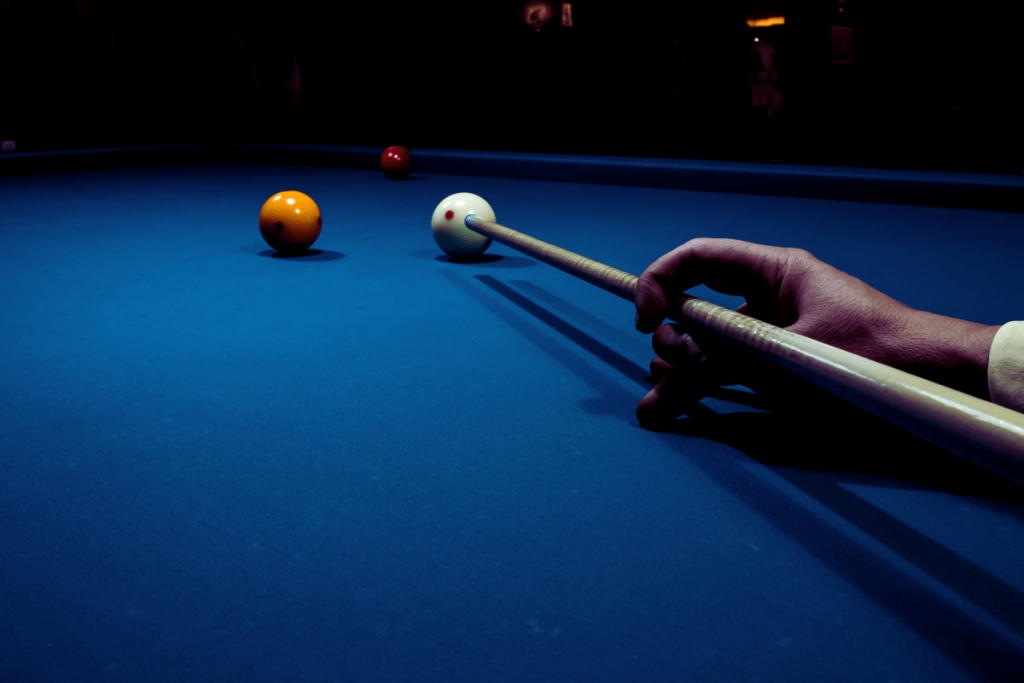
Basic English Pool Rules
The Objective of the Game
- The main goal in English Pool is to pocket all balls of your assigned set (either reds or yellows) and then legally pocket the black ball to win the game.
- The game is typically played between two players or two teams.
Categories of Balls: Reds/Yellows and the Black Ball
- Reds and Yellows: At the start of the game, players are not assigned a set of balls (reds or yellows) until a ball from one set is legally pocketed after the break. The player who pockets a ball from a set is assigned that set (either reds or yellows) for the remainder of the game.
- The Black Ball: This is the last ball to be pocketed, after a player has legally pocketed all their set of balls. Pocketing the black ball wins the game, but doing so prematurely or in the wrong pocket (if a pocket was nominated) results in a loss.
Breaking Rules and Performing a Legal Break
- Initial Setup: The balls are racked in a triangle at the foot of the table with the black ball at the apex on the foot spot. The other balls are arranged randomly in the triangle.
- Legal Break: The break is executed from behind the baulk line. A legal break must either pocket a ball or cause at least two object balls to hit the cushions. Failing to do so results in a foul, giving the opponent a chance to re-break or play from the current position with two visits (two shots).
- Determining Sets: If no balls are pocketed on the break, the next player takes a turn. The sets are decided when a player legally pockets a red or yellow ball on their turn.
Gameplay Mechanics in English Pool
Turn-Taking and Legal Shots
- Turn Rotation: Players take alternate turns at the table. A player continues their turn as long as they legally pocket a ball or do not commit a foul.
- Legal Shots: A shot is considered legal when the cue ball first hits one of the player’s own set of balls (reds or yellows) and either pockets a ball or causes any ball to hit a cushion. Failure to do this results in a foul.
Rules for Potting Balls and Ball-in-Hand Situations
- Potting Balls: Players must pot balls from their assigned set (red or yellow) in any order. Potting an opponent’s ball, unless it’s a combination shot where the player’s ball is hit first, results in a foul.
- Foul Penalties: If a player commits a foul, their turn ends, and the opponent is awarded two consecutive shots (two visits).
- Ball-in-Hand: In specific foul situations, such as a cue ball scratch, the incoming player may be granted a ball-in-hand, where they can place the cue ball anywhere behind the baulk line for their shot.
The Role of the Black Ball in Winning the Game
- Pocketing the Black Ball: The black ball is the final ball to be potted after a player has legally pocketed all their set of balls. Successfully pocketing the black ball wins the game.
- Nominating Pockets: In some rule variations, players must nominate a pocket for the black ball, and it must be potted in that pocket to win.
- Fouls with the Black Ball: Fouling while attempting to pot the black ball, such as potting it in the wrong pocket or potting it alongside the cue ball (scratch), results in an instant loss.
Fouls and Penalties in English Pool Rules
Common Fouls
- Foul Snookers: This occurs when a player is unable to hit both sides of any of their own group of balls because the opponent’s balls or the black ball are in the way.
- Cue Ball Scratches: A foul occurs if the cue ball is pocketed during a shot (known as a scratch).
- Wrong Ball Contact: Hitting an opponent’s ball or the black ball before your own set of balls during a shot.
- Failing to Hit a Rail: After contact with the target ball, either the cue ball or another ball must touch a rail, failing which is a foul.
- Potting the Wrong Ball: Accidentally pocketing an opponent’s ball (except in a legal combination shot).
- Jump Shots and Push Shots: Illegally jumping the cue ball over another ball or pushing the cue ball are considered fouls.
Consequences of Fouls
- Two Visits: The most common penalty for a foul in the English Pool is awarding the opponent two consecutive shots (known as two visits). This allows the opponent to take control of the table and potentially clear their balls more easily.
- Ball-in-Hand: In certain situations, like a cue ball scratch, the opponent may be granted a ball-in-hand, placing the cue ball anywhere behind the baulk line for their next shot.
- Foul Snooker Relief: If a player is snookered as a result of a foul, they may have additional options such as nominating one of the opponent’s balls as their own for the first shot.
Tips for Effective Breaking
- Power vs. Control: Strike a balance between power and control in your break shot. Too much force can scatter the balls unfavorably, while too little might not break the rack effectively.
- Aim and Angle: Aim to strike the first ball in the rack squarely or slightly off-center to maximize ball dispersion.
- Cue Ball Positioning: Position the cue ball to the side of the table for a more angular impact on the rack, which can lead to better ball spread and potential pocketing.
Strategies for Ball Selection and Positioning
- Plan Your Route: After the break, strategize your play by planning several shots ahead. Choose a route that minimizes cue ball movement and the potential for fouls.
- Control the Cue Ball: Focus on controlling the cue ball’s position after each shot to set up for the next. Use spin and speed to your advantage.
- Clearing Pathways: Prioritize potting balls that block the paths of other balls, opening the table for easier subsequent shots.
Defensive Play Tactics
- Safety Shots: If a pot isn’t feasible, consider playing a safety shot. Position the cue ball in a place that makes it difficult for your opponent to make a legal shot.
- Snookering the Opponent: Aiming to leave the cue ball behind your balls, so the opponent cannot directly hit their target balls, can effectively snooker them, potentially leading to fouls.
- Blocking Pockets: Intentionally position your balls near pockets to block them for your opponent’s balls, especially if they have fewer balls remaining.
Conclusion
English Pool is a game of precision, strategy, and finesse. Understanding English pool rules, from the initial break to the strategic potting of balls, is crucial. Mastering the nuances of ball selection, cue ball control, and defensive play can elevate your game significantly. Embrace these insights and strategies in your next game of English Pool. With practice and tactical thinking, you’ll not only enjoy the game more but also become a formidable opponent on the pool table.
FAQs
Q: Can I choose which set of balls (reds or yellows) I want to play?
No, your set is determined by the first legally potted ball after the break. If you pot a red, you play reds, and similarly for yellows.
Q: What happens if I pot the black ball on the break?
Potting the black ball on the break typically results in a re-rack and a new break, neither a win nor a loss.
Q: Can I pot my opponent’s ball legally?
You can only legally pot your opponent’s ball in a combination shot where you first hit your own ball.
Q: What should I do if there’s a stalemate?
In a stalemate situation, where neither player can progress, the game may be restarted with a new break by agreement or according to specific league/tournament rules.
Q: Can I hit the black ball directly to play a safety?
You can only legally hit the black ball directly if it’s the only ball you have remaining on the table.
Q: How are ties resolved in English Pool?
Ties are usually uncommon in pool. If the game reaches a situation where it cannot continue, a re-rack might be necessary, or specific tournament rules may apply for tie-breaking.

